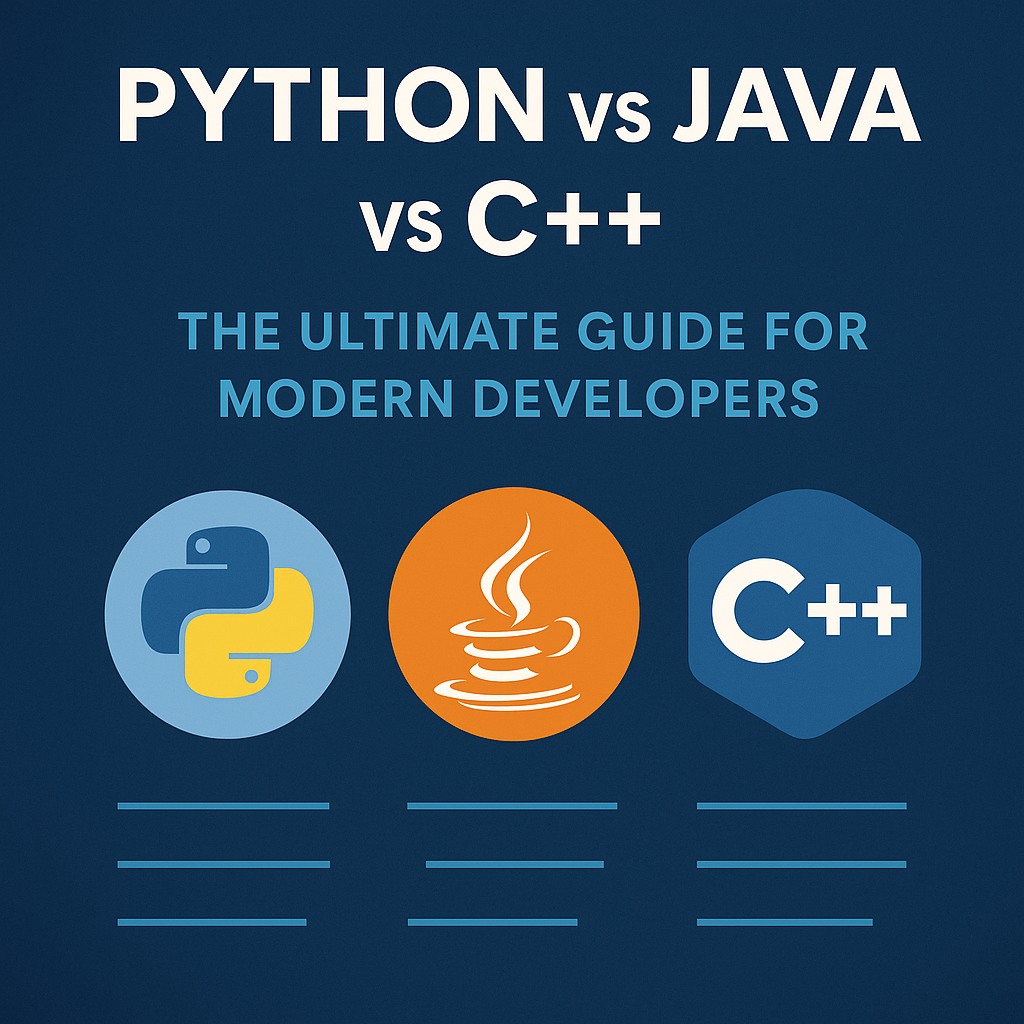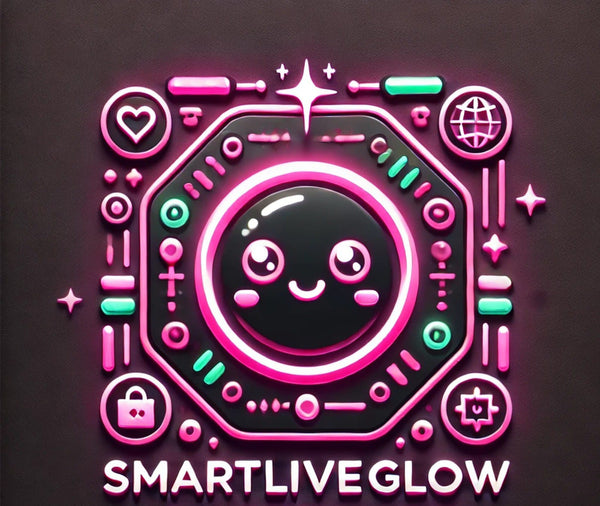
Python vs Java vs C++: The Ultimate Guide for Modern Developers
Share
Introduction
In the ever-evolving world of technology, the choice of programming language can make or break a project. Whether you're building mobile applications, AI-driven software, or system-level architecture, your language of choice plays a crucial role in development speed, maintainability, and performance. This guide compares Python, Java, and C++ three of the most widely used languages in the industry, to help both aspiring developers and seasoned tech lovers make informed decisions.
If you're a fan of smart gadgets, like smartwatches, earbuds, or smart rings, C++understanding how these languages interact with devices can deepen your appreciation and unlock new innovation possibilities.
What Is Python?
Python is a high-level, interpreted language first released in 1991 by Guido van Rossum. Over the years, it has evolved into one of the most versatile and beginner-friendly languages. Known for its clear syntax and massive ecosystem of libraries, Python has become the go-to choice for data science, machine learning, web development, and scripting.
Today, Python powers everything from AI algorithms to web apps and is even embedded in Internet of Things (IoT) devices. Frameworks like TensorFlow, Flask, and Pandas have elevated Python to the forefront of modern development.
What Is Java?
Java, developed by Sun Microsystems in 1995 (now owned by Oracle), is a powerful object-oriented language used extensively in enterprise environments. Its mantra, "Write Once, Run Anywhere," reflects its robust cross-platform capabilities via the Java Virtual Machine (JVM).
Java dominates in backend development, large-scale enterprise systems, and Android mobile applications. With tools like Spring Boot, Hibernate, and Apache Kafka, Java remains a core technology for scalable, secure, and high-performance software.
What Is C++?
C++ is a compiled, general-purpose programming language developed by Bjarne Stroustrup in 1985 as an extension of the C language. It offers a perfect blend of high-level abstraction and low-level memory manipulation, making it a top choice for performance-critical applications.
C++ is widely used in the development of game engines, real-time systems, operating systems, and embedded firmware. Its extensive use in industries like automotive, finance, and aerospace speaks to its unmatched speed and control.
Syntax Comparison: Simplicity vs Power
When comparing the syntax of Python, Java, and C++, each language offers a distinct balance between readability, verbosity, and control:
-
Python: Clean, English-like syntax. No semicolons or curly braces.
-
Java: Verbose with structured syntax and type declarations.
-
C++: Complex but powerful, with full memory control.
Performance Benchmark: Speed, Memory, and Efficiency
-
C++: Highest execution speed, lowest memory usage. Perfect for gaming, finance, and embedded systems.
-
Java: Good performance, thanks to JIT compilation.
-
Python: Slower but efficient with native extensions like NumPy.
Learning Curve
-
Python: Easiest to learn with a vast community and resources.
-
Java: Moderate learning curve, suited for software engineers.
-
C++: Steepest learning curve, best for experienced developers.
Use Cases in 2025
-
Python: AI, data science, automation.
-
Java: Enterprise software, Android apps.
-
C++: Game engines, robotics, real-time systems.
Cross-Platform Compatibility
-
Python: Cross-platform with tools like PyInstaller.
-
Java: Highly portable via JVM.
-
C++: Powerful but requires manual portability handling.
Community & Ecosystem
-
Python: Strong open-source ecosystem (PyPI, Flask, Django).
-
Java: Mature frameworks (Spring, Hibernate).
-
C++: Libraries like Boost, Unreal Engine, Qt.
Integration with Smart Devices
-
Python: Ideal for prototyping with MicroPython.
-
Java: Android wearable development.
-
C++: Embedded device programming.
Security Features and Best Practices
-
Python: Depends on frameworks like Django.
-
Java: Strong built-in security.
-
C++: Requires manual vulnerability prevention.
Developer Salaries and Market Demand
-
Python: $85,000–$135,000
-
Java: $80,000–$130,000
-
C++: $90,000–$145,000
Which Language Should You Learn First?
-
Python: Fast results, ideal for data and automation.
-
Java: Enterprise development and Android.
-
C++: Systems programming and performance-critical apps.
Conclusion
Python is best for rapid development and innovation. Java excels in enterprise stability. C++ dominates performance. Choose based on your goals and the kind of projects you want to build or understand.
Related Products for the Tech-Savvy
-
Smart Rings: Biometric tracking for on-the-go functionality.
-
Smartwatches: Productivity and health monitoring.
-
Wireless Earbuds: Immersive sound for focused coding.
FAQs
-
Which programming language is best for AI and machine learning in 2025?
-
Python.
-
-
Is C++ still relevant for modern development?
-
Yes, especially for gaming, robotics, and embedded systems.
-
-
Can I build Android apps with Python?
-
Possible, but Java/Kotlin is preferred.
-
-
What language is best for IoT devices?
-
Python for prototyping, C++ for production firmware.
-
-
How long does it take to learn Python vs Java vs C++?
-
Python: Weeks. Java: Months. C++: Longer due to complexity.
-
👉 Follow me for more news and updates on our digital journey.
✨ SmartLiveGlow™ – Empowering your digital light.
By Erya 🕊️ | Founder • Dreamer • Fighter • Author of Free Yourself from the Darkness
🌐 www.smartliveglow.com
📧 contact@smartliveglow.com
Facebook: https://www.facebook.com/profile.php?id=61572988431876&locale=it_IT
X Twitter: https://x.com/SmartLiveGlow
Buy book: Free Yourself from the Darkness → https://www.amazon.com/dp/B0F3V69KL8
Buy book: The AI Starter Manual → https://www.amazon.com/dp/B0F445TXYH
